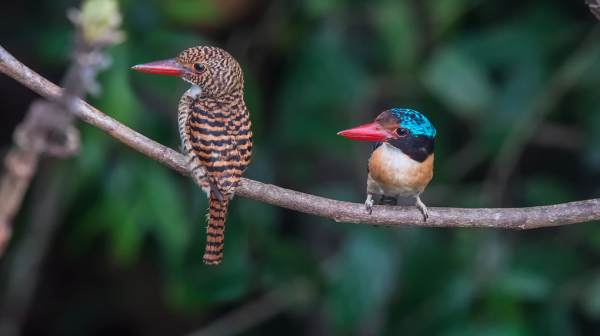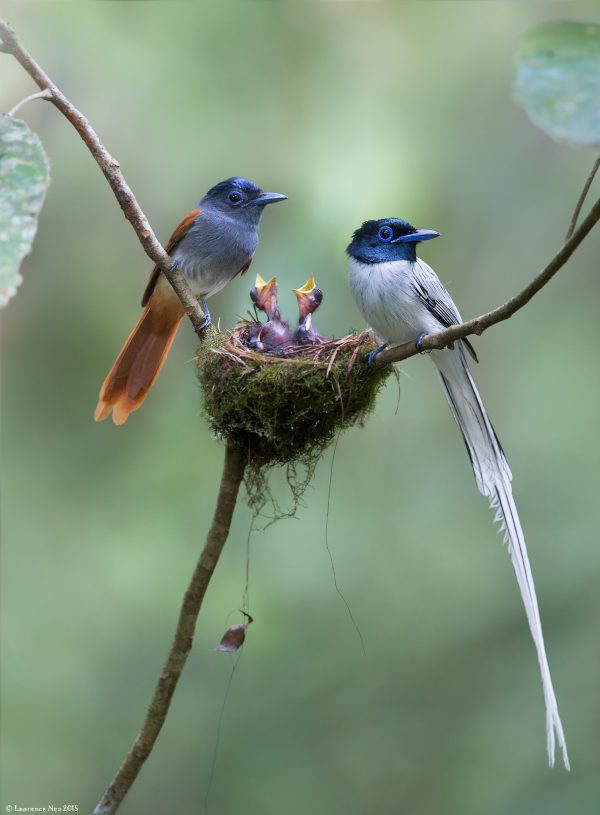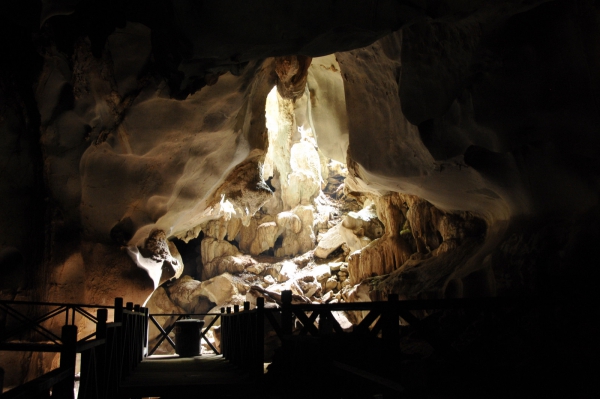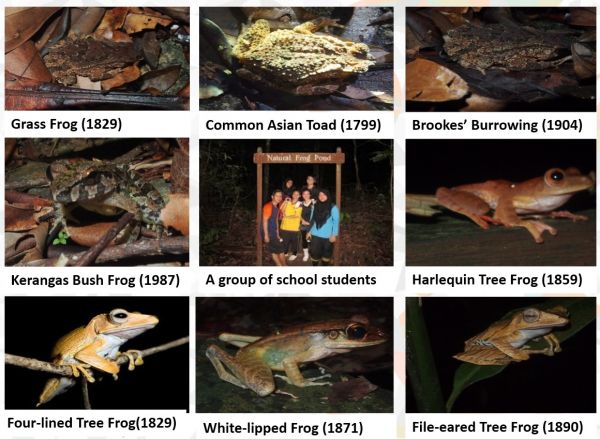October 9, 2019
The jungles of Borneo are a world like no other. Alive with a smorgasbord of magical wildflowers, exotic, wide-eyed creatures and a cacophony of noise. But what goes on above the dense, magical jungle that keeps our world alive? On a typical day, the skies over Borneo feature a breathtaking array of vibrant colours. Our beautiful birds feature remarkably vivid plumage that paint a delightful canvas against the baby blue tropical backdrop.
Surprisingly, while many people are aware of Sarawak’s diverse ecosystem, not many know we are also home to an array of stunning birds.
So whether you’re an avid birder or just love the site of magnificent creatures swooping effortlessly across the jungle canopy, when you come to Sarawak, don’t forget to look up!
To make it easier, we’ve created a compilation of some of the birds you can expect to see on your next visit. Oh and one other thing, just remember the best time to see these birds is at first light and for an hour or so afterwards.
The Bornean Banded Kingfisher
These skilful divers are rare in Java, scarcer in Sumatra, and extinct in Singapore! Luckily for you, they are flourishing in Sarawak. Although they are small and sometimes difficult to spot, they are strong, excitable and sometimes aggressive, especially when humans are around!
You should be able to recognise them from their sturdy red bills. Once you’ve spotted one, try to track it to a water source and watch it catch fish effortlessly.

All rights reserved by liewwk – www.liewwkphoto.com
You can differentiate males from females by their plumage: The male has a bright blue crown with black and blue banding on the back while the females are rufous with black banding on their head and upperparts.
The call of a Bornean Banded Kingfisher captured by Dato’ Dr Amar-Singh HSS
Where to spot them: These nifty hunters can be found in the lowland rainforests of Kubah National Park.
Asian Paradise Flycatcher
Sporting long fancy tails, these birds require a bit more effort to see but are definitely worth the investment. Especially the male as he struts about, flaunting his elegant tail. Chestnut, white or a mixture of both – The plumage of males come in several interesting variations depending on where they are from!

Source: Lawrence Neo 2015
The females look like their chestnut male counterparts, except they have significantly shorter tails and smaller crests.
The call of an Asian Paradise Flycatcher captured by Dato’ Dr Amar-Singh HSS
Where to spot them: They are mostly found in Northern Sarawak, especially in Gunung Mulu National Park and Pulong Tau National Park.
Banded Broadbill
This bird stands out because of their vibrant plumage – against their purplish-black plumage are yellow/lime green markings! They also have piercing blue eyes and a luminescent blue beak that looks like it has been been made-up with “black lipstick”.

Source: Lawrence Neo 2012
In photos, they may look canary-sized, but these birds are actually quite big! Measuring at 21.5cm to 23cm, they feast on insects, especially grasshoppers, crickets, caterpillars and larvae.
The call of a Banded Broadbill captured by Tan Kok Hui
Where to spot them: The Banded Broadbill usually lurk in lowland forests, so you can expect to see them at Kubah National Park, Mulu National Park and Batang Ai National Park.
Bornean Bristlehead
This enigmatic bird gets its name from its crown, which are short projections that resemble bare feather shafts. They are often compared to crows wearing red muffler scarves!
In many parts of Borneo, the Bornean Bristlehead has had a tough time and its population has declined significantly. Amongst the birdwatching community, they are on the ‘most wanted’ list and some will even pay good money for local knowledge on where to see them!

Source: http://www.hkbws.org.hk (Godwin-C)
So if you are one of the lucky ones to see this beautiful native of Borneo, make sure you whip out your camera, take a picture and remember where you are because it might just be a once-in-a-lifetime experience that you also get paid for!
The call of a Bornean Bristlehead captured by Marc Anderson
Where to spot the Bornean Bristlehead: These birds can be spotted in a few locations. Most recently, they have been sighted in Similajau National Park which is 25km northeast of Bintulu. They are also more regularly seen in Lambir Hills National Park.
Scarlet-rumped Trogon
Nope, these birds aren’t characters from Angry Birds, even though they look like one! The Scarlet-rumped Trogon sport a black hood and red body, along with white-black wings and tail. You can definitely tell them apart from their distinctive blue ‘eyebrow’, which gives them their grumpy look!

Source: Ryan Maigan Birds
The call of the Scarlet-rumped Trogon has been used in many Hollywood films that feature lush green jungles! Many people have associated this bird’s call with the tropics of the southern Pacific Ocean. It’s interesting to think that even though most of the world has heard their voice, they belong to our very own forests!
The call of a Scarlet-rumped Trogon captured by Mike Nelson
Where to spot the Helmeted Hornbill: These birds can be found chirping their days away in lowland primary forests like Kubah National Park, Mulu National Park, and Batang Ai National Park.
Peregrine Falcon
If you think the cheetah is the fastest animal on earth, think again! OK, well technically it is but in the sky, you’ll find a bird that can glide effortlessly past a cheetah in full flight. The peregrine falcon has no problem cruising at speeds of 40-60 mph, but when in pursuit of their prey, they can reach up to 200 mph. That’s 293 feet per second and almost 3 times as fast as a cheetah!

© Jesse Gibson
At one stage on the verge of extinction, thanks to robust recovery efforts in North America, the Peregrine Falcon population has now recovered. However, only a lucky few spot them in Sarawak, and with their their bullet-train like speeds, you need to be extra observant when trying to spot one!
The call of a Peregrine Falcon captured by Lard Edenius
Where to spot the Peregrine Falcon: Peregrine Falcons are an elusive species in Sarawak but the best place to spot them is at the peak of Batu Lawi Hill, which now serves as an extension to Pulong Tau National Park.





















































